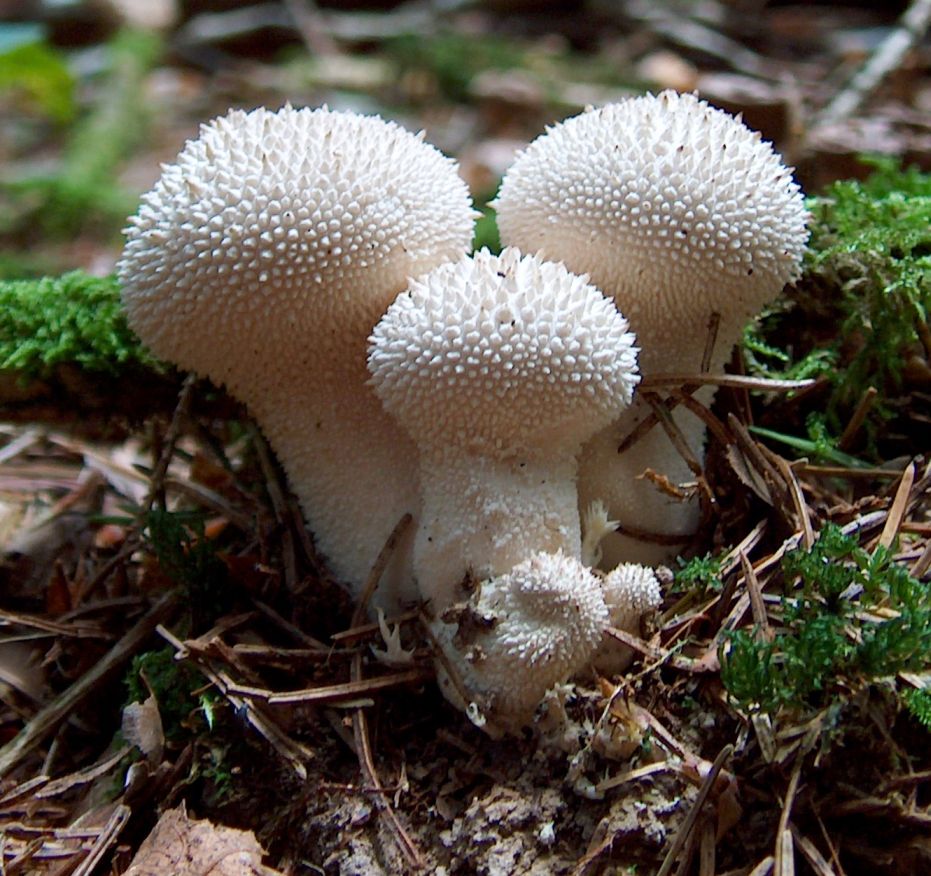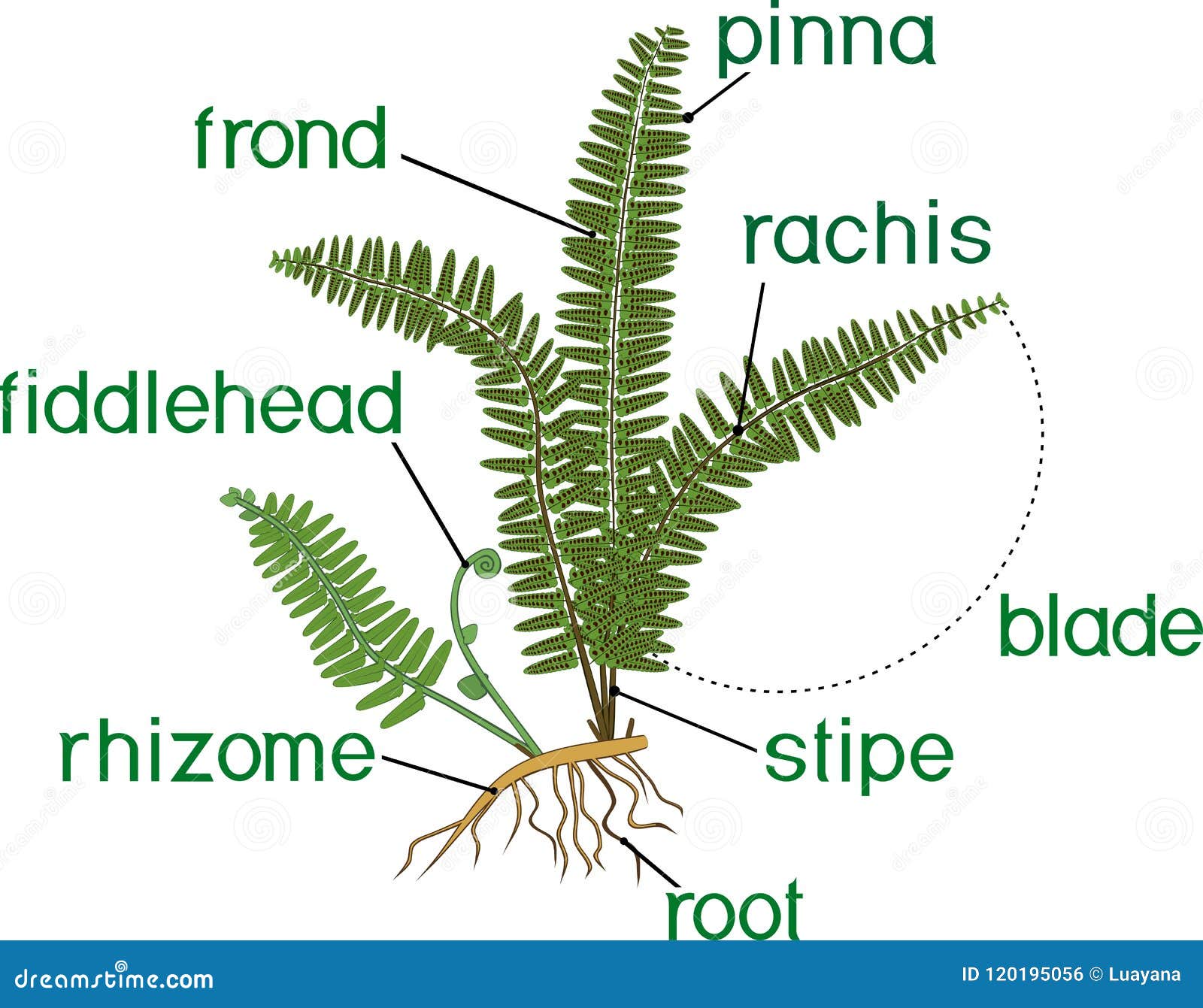CLASSIFICATION OF LIVING THINGS.
KINGDOM
FUNGI
Member of the kingdom Fungi include fairly familiar
organisms such as mushrooms,
toadstools and bracket fungi.
There are also less obvious but very important members such
as mold, which grow on bread, ripe fruits and other food.
Characteristics
(General)
1.Eukaryotic
2.
More are multicellular, Some are unicellular
3.
Heterotrophic – Saprophytic, parasitic.
4.
Reproduce sexually and asexually
5.
Cell walls are made of CHITIN
6.
Store excess carbohydrates in the form of GLYCOGEN.
7.
Mycellium (interwoven thread like structures) made of hyphae except for yeasts.
8.
Grow in damp or wetplacesconditions.
Distinctive
Characteristics
1. Cell
walls made of CHITIN.
2. Store
excess carbohydrates in form of GLYCOGEN.
3.Mycellium
(inter woven thread like structures) made of hyphae except for yeasts.
4.Grow
in damp conditions.
Kingdom
Fungi comprises 3 phyla:
1.PHYLUM
ASCOMYCOTA(ascomycetes)
Ascomycota
are also called sac fungi. They reproduce spores in saclike structure called
ASCI formed as a
result of sexual reproduction.
The
spores formed as a result of sexual reproduction are called ASCOPORES .
Member
of this phylum are baker’s yeast, penicillium, powdery mildew, ringworm fungi.
 |
| Fig. powdery mildew |
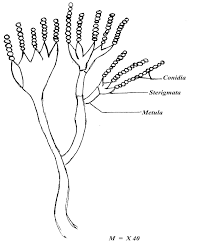 |
| Fig. penicillium |
Characteristics
of Ascomycetes
i.
They are unicellular
ii.Yeast
can be found on plant leaves and flowers, in the salt waterin the soil or in
warm
blooded animals such as humn being
iiiMany
types of yeast can ferment sugars to produce alcohol
iv.Some
yeast are used in the production of beer, wine and bread and others cause s
diseases
v.They
reproduce asexually by budding.
 |
| Fig Yeast budding |
Budding is whereby a new organism develops as an outgrowth of the parent cell
2.PHYLUM ZYGOMYCOTA(zygomycetes)
Members
of this phylum produce asexual through spores in structures called
sporangia and sexually through Zygosporangia
Zygosporangia are
thick-walled structures that contain spores and highly resistant to unsuitable
environment condition and when condition improve,the spores germinate
Example
of Zygomycetes are Rhizopus stolinifer(black brea bread mould) and mucor.
 |
| Fig. black bread mould |
 |
| Fig.Mucor |
Characteristics
of Zygomycetes
i.
They reproduce very fast
iiAt
the first appear as a white fluffy substance because of their hyphae
iii.Some
hyphae grow into sporangiosphores which develop sporangia, other hyphae grow
horizantlly(stolons).
Mucor is anchored by root-like structure called rhozoids
which grow from stolons
iv. After they develop spores, the look like a grey
substances covering the surface of a plant or an object
v.
Mucor can grow on soil, plants and decaying fruits and vegetables
vi.
Some species of mucor are used in the production of cheese
Other
may cause infections in animas and also cause rot in harvested apples and pears
3.PHYLUM BASIDIOMYCOTA(Basidiomycete)
Members
of this phylum produce sexual structures called Basidia which
produce spores called basidia spores.
Basidia are microscopic often club-shaped cells in which maturation
of spores clled (basidiospores) takeplace
ExamplesMushrooms,
toadstools, puffballs, rusts fungi and smuts.fungi
fig. a. bracket fungi b. Apuffball fungi
STRUCTURE
OFMUSHROOM
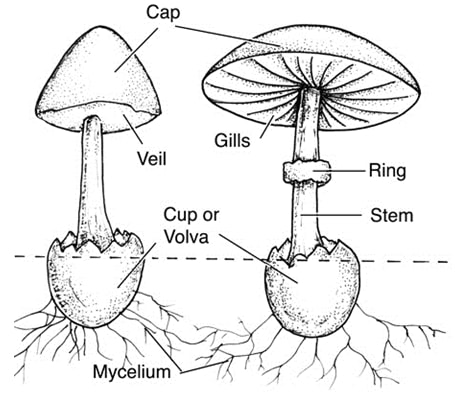 |
| Fig the structure of mushroom |
 |
| Fig.a toadstool |
MUSHROOM
structures
 iMushroom grow on dead and decaying matter or in nutrient
–rich soil
iMushroom grow on dead and decaying matter or in nutrient
–rich soil
-They
produce enzymes on the surface of their mycelium which help to break down
complex food
ii.The
pieus is cap on underside of the pileus are special hyphae called Gills
iii.The gills produce basidiospores at their tips
-When
mature these spores are flicked into the spaces between the gills and carried
away by air currents.
iv.The
stalk of mushroom is called stipe
-It
ensure that the pileus is well-positioned above the soil for the dispersal of
spores
v.Hyphae
lie in or on the substrate.They anchor the mushroom and also enable it to
absorb nutrient
NB.Fruiting body-is the part of mushroom above the soil
ADVANTAGES OF KINGDOM FUNGI
1.Saprophytic
fungi are importantin decomposition of dead organism
-This decomposition releases nutrient into the soil and the
a these nutrient absorbed and used by
Plants
2.Mycorrhiza
fungi grow amid the roots of leguminous plants such as green grams,beans and
peas
-These fungi absorb mineral salts from the soil.The plants
use the mineral salts to produce food
3.Yeast is used to ferment various types of carbohydrates
in order to produce alcohol.
-It is
also used in baking to make dough rise
4.Some
types of fungi for,example mushroom are used as food.
-They
are a good source of protein
5.Fungi are widely used in genetic engineering and research
6.Yeast
is a rick sources of vitamin B and protein
7.Some
types of fungi are used in the production of antibiotics.for example
penicillin(from penicillin)
8.Yeast
cells are used in the the production of lactic acid and citric acid
9.Fungi
have been used to alcohol pests that cause damage and disease to agricultural
crops
10. Some types of fungi are used in the dairy industry to
flavor cheese
DISADVANTAGES
OF KINGDOM FUNGI
1.Parasitic
fungi cause disease in plants and animals.For
example, they are the cause of athletes foot, ringworms and yeast infection in
human beings and potato blight, wheat rust and maize rust in plants
2.Fungi
produce poisons called mycotoxins.
- The
most common mycotoxin is aflatoxin common found in maize,
groundnuts and peanuts
3.Dry
rot fungi attack the timber used in building houses and making furniture
-This
causes destruction of property.hence cause food to spoil
Economic importance of fungi.
Useful
Effects
1. Used
for food (directly) e.g. Mushrooms
2. Used
to make bread e.g. Yeast
3. Used
in production of antibiotics e.g. Pencillin
4. Used
in brewing industries e.g. Production of alcohol e.g. Yeast
5. Production
of acids e.g. Rhizopus
6.Decomposition
of organic matter, therefore adds fertility to the soil. E.g. most fungi.
7. Used
for biological study e.g. Yeast, mucor, fungi, mushrooms, rhizopus.
2. Harmful Effects:
3.They
cause diseases (humans, plants and animals) e.g. Smuts, rusts, candids.
4. Some
mushrooms are poisonous e.g. Amonita
5.They
spoil foods e.g. Rhizopus and mucor.
6.They
destroy furniture and building materials e.g. Rhizopus.
7.They
poison food e.g. Aspergillus
KINGDOM PLANTAE
This
is made up of the plants
General Characteristics.
1. Have
chloroplast which has chlorophyll.
2.Multi
cellular.
3.Their
cells are eukaryoticwith cellulose cells walls
4.Store
extra carbohydrates in the form of starch.
5.Have
cell wall made of cellulose.
6.The
show localised growth.
7. Show
movement of curvature.
8. Responds
very slowly to stimuli.
Distinctive
· Show
localized growth.
· Have
chloroplast.
·Have
cell wallStores excess carbohydrates in the form of starch.
The kingdom is divided into 4 divisions:
·
Division Bryophyta
·
Division Filicinophyta(Pteridophyta)
·
Division Coniferophyta
·
Division Angiospermophyta
Division
Bryophyta
 |
| Fig A liverwort |

Plants
in this division includes mosses and liverworts
General
characteristics:
1. They
generally small in size some mosses are only a few cell thick
2. They
have leaf-like(thallus0 and root-like(rhizoid) structures but no true leaves or
root..
3.They
lack vacular tissues(xylem and Phloem).
4. Are
commonly found in moist areas such as river banks and on trees and rocks in
humid areas
5. They
reproduce both sexually and asexually.
-They
need water during sexual reproduction because the male reproductive cells can
only reach the femal reproductive cells by swimming
-Asexually
reproduction is by means of spores
6.They
show alternation of generations.this means that they have two distinct phases
in their cycle.
Gametophyte
phase which is dominant over Sporophyte phase
Distinctive
1. Gametophyte
generation is dominant over sporophyte generation.
2.They
lack xylem and phloem.
3. They
survive only in damp area.
4. The
gametes depends on water for fertilization e.g. Funeria (moss), Pelia
(Liverwarf).
MOSSES
Mosses
consist of a stem-like structure bearing spirally arrangedleaf-like
extension.They anchored to substrum by rhizoid
 |
| Fig the structure |
-They reproductive
parts of a moss plant are the Antheridium(male organ) and (Archegonium)female
organ
-These can be found on separate plants or on the same
plant.Antheridium release mobile spers,the sperms swim in the water to reach
and fertilize the egg in the archegonium to form a zygote
-The
zygote develops into a young sporophyte plants which grow while still attached
to the archegonium
-When
it matures, the Sporophyte forms a capsule containing spores.When spores
matures, the capsule bursts open and the spores are carried away by the wind.If
they land in asuitable place the spores germinate and produce new moss plant
ADVANTAGES
OF MOSSES
1.Help
to decompose dead logs
2.Mosses
serves as pioneer plant on bare ground and help to create environment for
growth and development of other plants
3.They
retain a lot of water.Therefor help to keep the soil moist
4.They
help to prevent soil erosion,when grow in piece of land by holding soil
particle together.
5.Mosses
provide shelter for insects and other small animals
6.Birds
and other animals uses moss as nesting materials
7.They
used in cushioning materials in furniture or in shipping example when transport
flower
DISADVANTAGES
OF MOSSES PLANT
1.They
occur as weeds in gardens and other places, making difficult to get rid them
2.Mosses
growing around ponds and other small water bodies can grow on water and cover
it completely,causing the area to become marshy
This
division is made up of ferns.a young fern is called a fiddlehead
General
characteristics:
1.Have
simple vascular tissues.
2. Plant
body is divided into roots (fibrous), stem (rhizome) and leaves.
3.Productive
structures are sporangia grow on the underside of the leaves in clusters called
sori.
4.They
grow in damp, shady areas.
5.They
have large leaves called fronds.
6.The
sporophyte generation is dominant over the gametophyte generation.
Distinctive:
1.Have
large leaves called fronds.
2. Reproductive
structures grow under fronds in sporangia which occur in clusters called sori.
3.Young
leaves show a circinate fashion (rolled) (coiled) which uncoils as leaf grows
to maturity. E.g. fern plant.
FERNS

Ferns
have leave called fronds ,stems and roots.The frond has small leaflet
called Pinnae(.s.pinna).which connected to Rachis.the rachis is the
middle part of the frond.It connected to the Rhizome.Which is the
short stem at the base
-The
life cycle of ferns involves alternation of generations.The sperms swim to the
female eggy through water.Frtilization produce the zgote.The zygote grows into
the a new plant (sporongiophore) thathas leaves, stems and roots
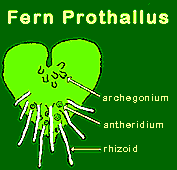 |
| Fig .Prothallus |
-The
fern plant has spore-producing organs called Sporangia(singular Sporangium0 on
the underside of the leaves.The sporangia are arranged in the compact groups
called Sori(singular.Sorus)
-When
the spores are mature the sporangia release them into the air.A spore
germinates into prothallus in an environment that is suitable for its
development.Prothallus has antheridia and archeonia which produce sperm and an
egg respectively
ADVANTAGES
OF FERNS
i.Many
ferns are grown as ornaments in homes and offices.
ii.They
source of food. For various wild animalsin some parts of the world fiddleheads
of some types ferns are eaten
iii.Ferns
are major components of coal,a fossil fuel which is made up of the remains pof
primitives plants
DISADVANTAGES
Ferns
can be found as weeds in many places
Economic importance of Bryophyta and Filicinophyta
1.Used
in decoration (Filicinophyta)
2.Gives
out oxygen which is inhaled by animals (both)
3.Used
as cover plants to prevent soil erosion




